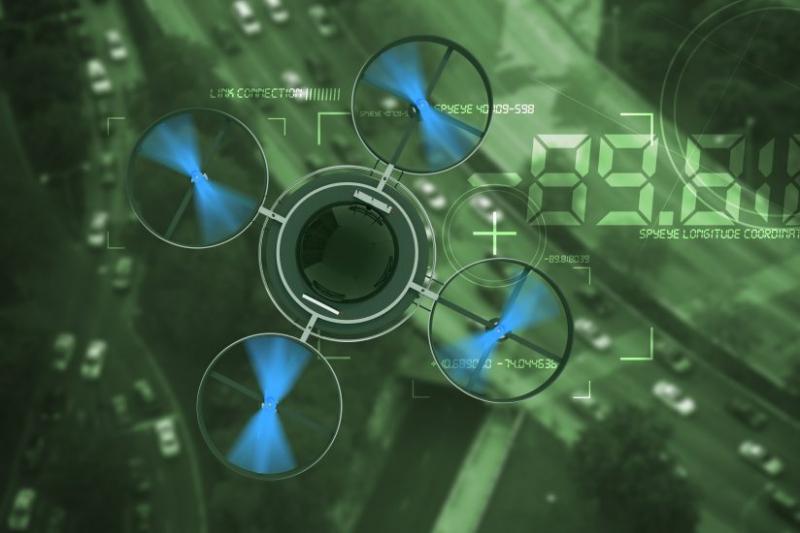
Unmanned Aircraft Systems (UAS), commonly known as drones, are increasingly prevalent in various sectors. A Counter-Unmanned Aircraft System (C-UAS) is defined as a system or device that can lawfully and safely disable, disrupt, or take control of an unmanned aircraft or UAS. In recent years, extensive research has focused on the detection and mitigation of UAS. Detection technologies encompass acoustic, visual, passive radio frequency, radar, and data fusion methods, while mitigation strategies include physical capture and jamming techniques.
C-UAS systems serve to notify operators when a drone enters a specified warning zone. These detection systems can be either fixed or portable, tailored to the operator's requirements. They employ a range of detection technologies, such as radar, optical sensors, and acoustic devices. Upon detecting a drone, a counter-drone solution may also track the drone's trajectory and the pilot's location, thereby enhancing the operator's situational awareness of the airspace.
When a C-UAS identifies a drone, the operator can classify the drone as either friendly or hostile, enabling authorized drones to operate without interference from the C-UAS. Additionally, the system can determine the model of the drone, providing security personnel with critical information regarding its range and speed
There exists a variety of counter-UAS technologies.
Some of these technologies rely solely on a single type of sensor, such as radio frequency (RF), radar, or acoustic sensors. Others may incorporate one or more mitigation strategies, including jamming, takeover, or kinetic measures. The majority of military counter-UAS applications provide a comprehensive kill chain that features at least one form of detection, tracking, and identification (DTI), which subsequently informs the chosen mitigation strategy. The most advanced counter-UAS solutions function as command and control (C2) platforms, capable of assimilating multiple sensor inputs, integrating this data into a unified representation of the airspace, and determining the most suitable mitigation approach based on the prevailing circumstances.
The communication link between the UAV and its control station is a vital component of the system. Numerous contemporary UAS utilize radio signals for this communication link. RF sensors are employed to receive and analyze these radio signals, enabling the detection, tracking, and identification of drone operations, as well as the location of the pilot. Notably, RF sensors operate in a "passive" mode, allowing them to detect UAVs without emitting any detectable signals themselves.
We are sharing latest cybersecurity newses, keep your eyes on us to be safe and be aware of the daily threats.